The Arctic is a harsh and unforgiving environment, where only the toughest creatures survive. Among these hardy animals, a select few reign supreme as the top predators of this icy realm. These apex predators have adapted in remarkable ways to thrive in a world of snow and ice. From powerful polar bears to cunning Arctic foxes, these animals are the ultimate survivors in one of Earth’s most extreme habitats. Isn’t it amazing that the Arctic is home to so many magnificent creatures?
Polar Bear

The polar bear is often called the king of the Arctic. These massive bears can weigh up to 1,500 pounds and are excellent swimmers, often traveling long distances between ice floes. Their thick fur and layer of blubber keep them warm in the frigid Arctic waters as they hunt for their favorite prey: seals.
Arctic Wolf
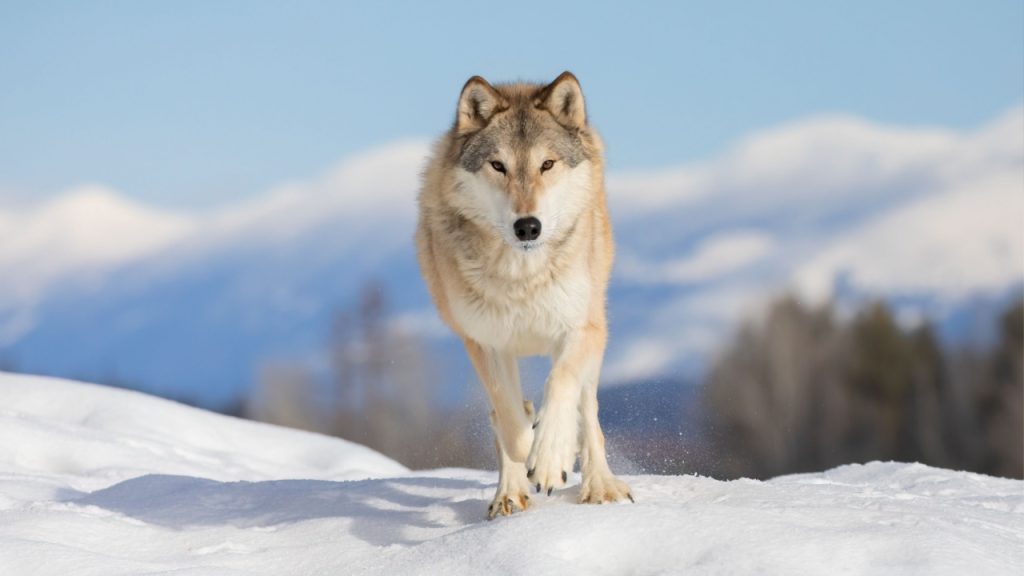
Arctic wolves are built to withstand the harsh Arctic climate. Their thick, white fur provides excellent camouflage in the snowy landscape. These wolves hunt in packs, taking down prey much larger than themselves, such as musk oxen and caribou. Their strong social bonds help them survive in the unforgiving tundra.
Snowy Owl
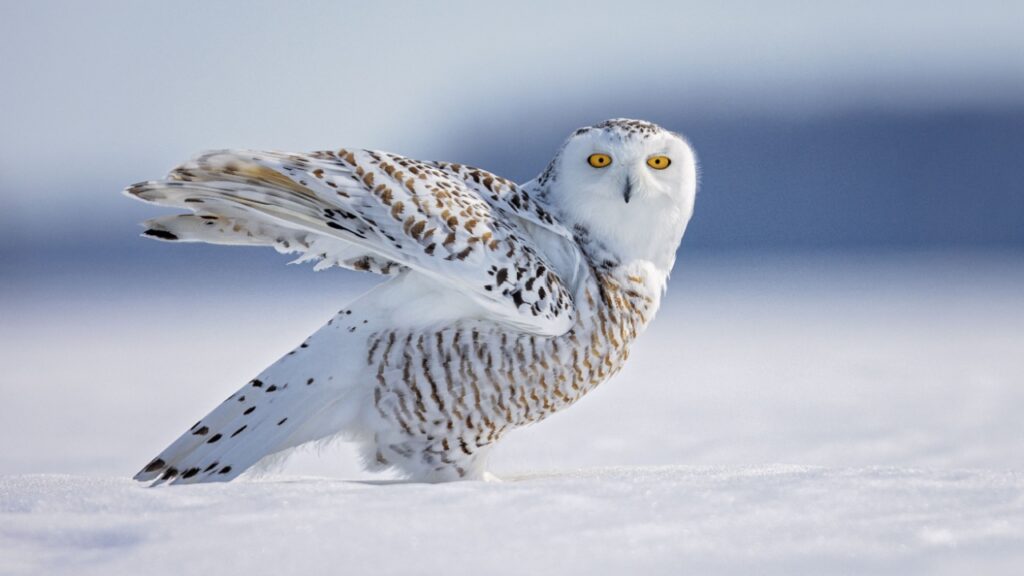
With its striking white plumage and piercing yellow eyes, the snowy owl is a formidable Arctic predator. These birds have excellent hearing and can detect prey moving under the snow. Snowy owls are known for their silent flight, allowing them to swoop down on unsuspecting lemmings and other small animals.
Arctic Fox
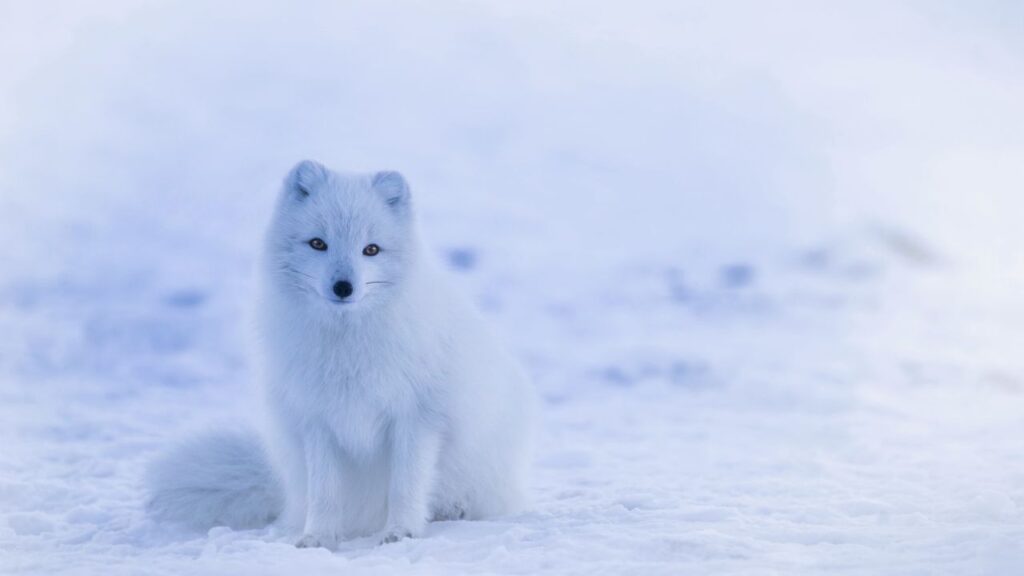
The Arctic fox is a master of camouflage, changing its coat from brown in summer to white in winter. These clever foxes have fur on the soles of their feet, which provides traction on ice and helps keep them warm. They’re opportunistic hunters and scavengers, often following polar bears to feed on leftover seal carcasses.
Killer Whale (Orca)
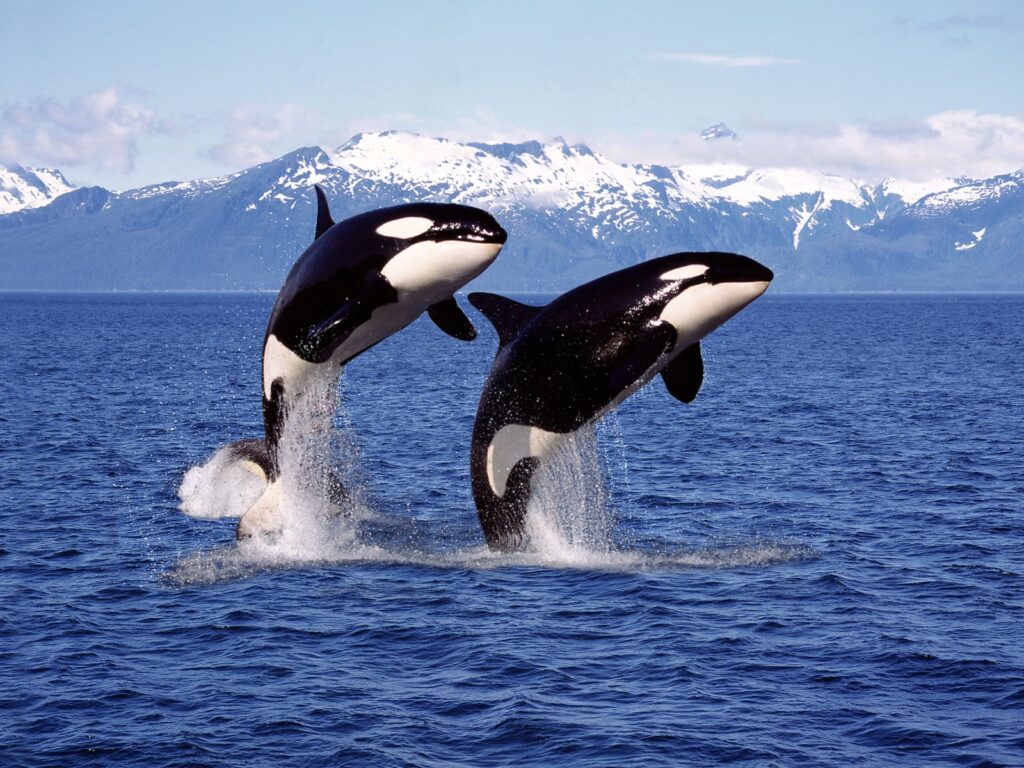
Killer whales, or orcas, are the wolves of the sea. These intelligent predators hunt in pods, using sophisticated communication and teamwork to take down large prey like seals and even other whales. Their black and white coloration helps them blend in with the water and ice, making them stealthy hunters.
Wolverine
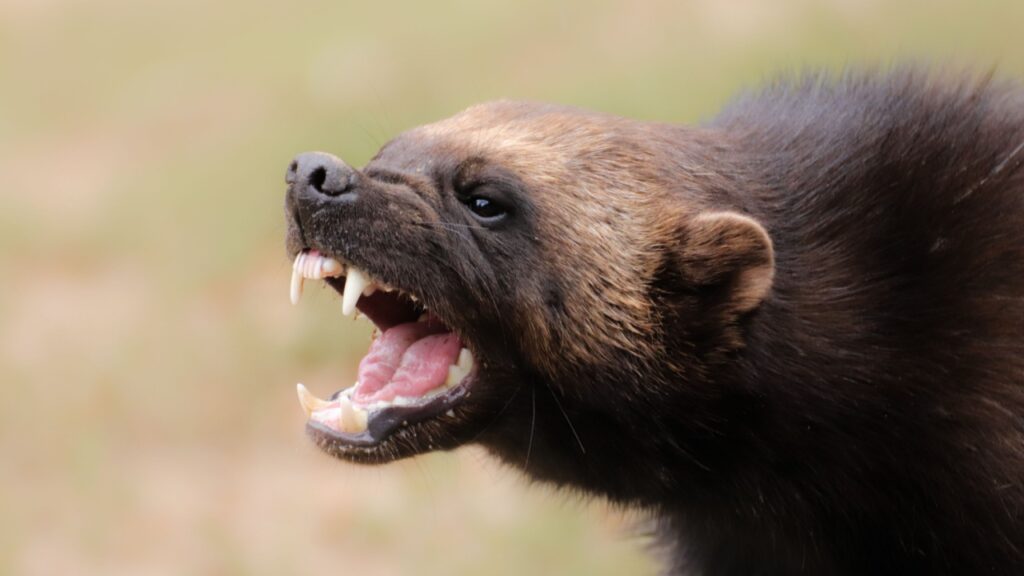
Despite its small size, the wolverine is one of the fiercest predators in the Arctic. These muscular animals have incredibly strong jaws and can take down prey much larger than themselves. Wolverines are also skilled scavengers, using their powerful sense of smell to locate carrion buried under deep snow.
Narwhal
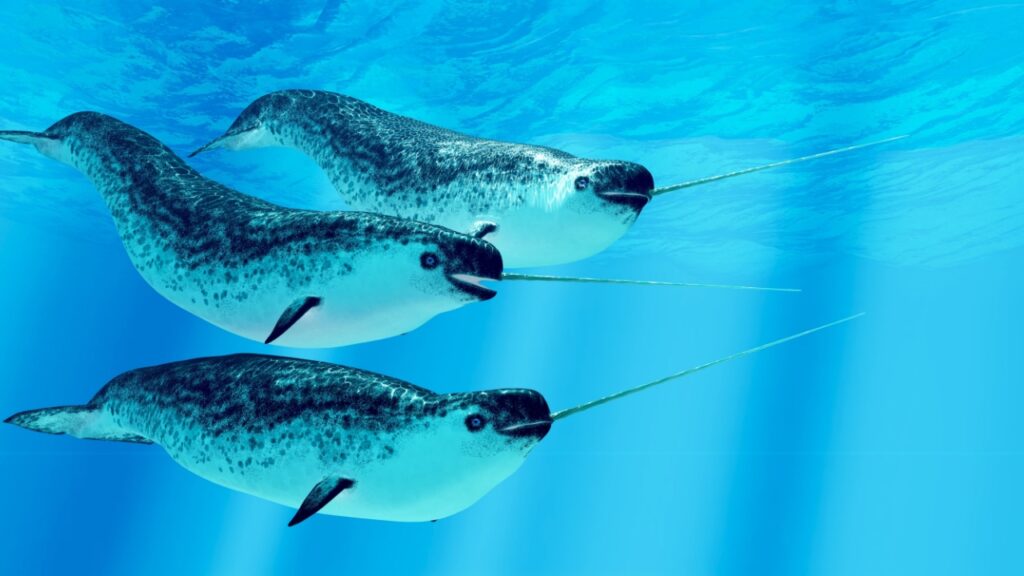
Often called the unicorn of the sea, the narwhal is a unique Arctic predator. Its long, spiral tusk is actually an elongated canine tooth that can grow up to 10 feet long. Narwhals use echolocation to find prey in the dark Arctic waters and can dive to depths of up to 5,000 feet in search of fish.
Arctic Skua
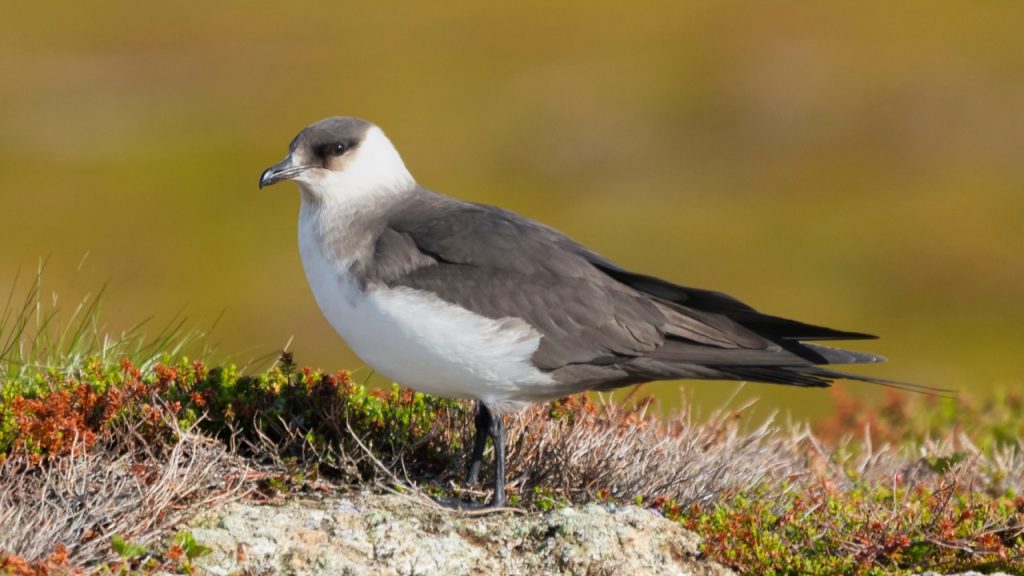
The Arctic skua is a ferocious seabird known for its aggressive hunting tactics. These birds often chase other seabirds, forcing them to drop their catch. Arctic skuas are also skilled hunters in their own right, catching fish and small mammals. Their dark coloration provides camouflage against the Arctic sky.
Greenland Shark
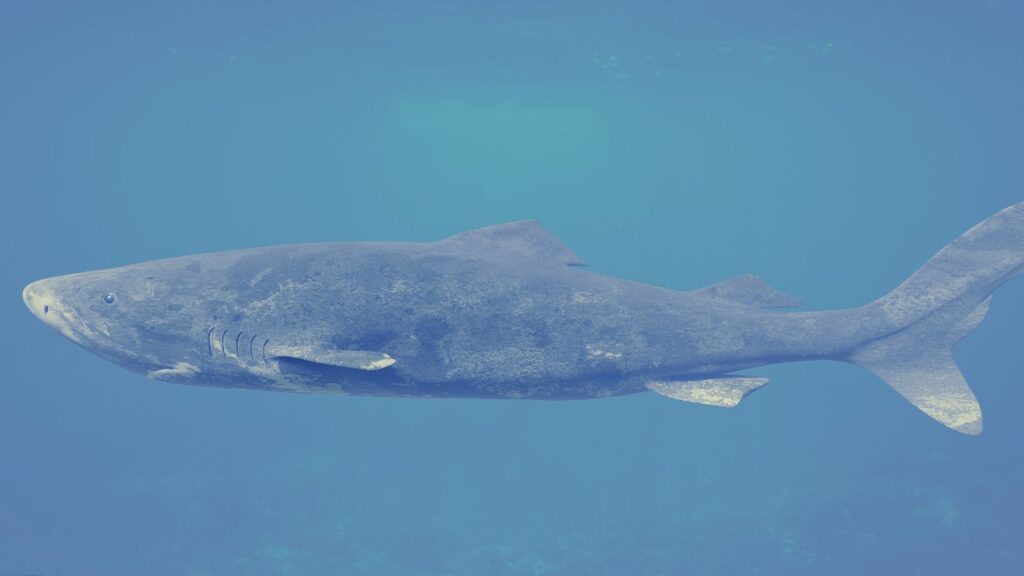
The Greenland shark is one of the Arctic’s most mysterious predators. These slow-moving giants can live for hundreds of years and grow up to 24 feet long. They hunt in the dark depths of the Arctic Ocean, using their keen sense of smell to locate prey. Greenland sharks are known to eat almost anything, including seals and even polar bears.
Leopard Seal
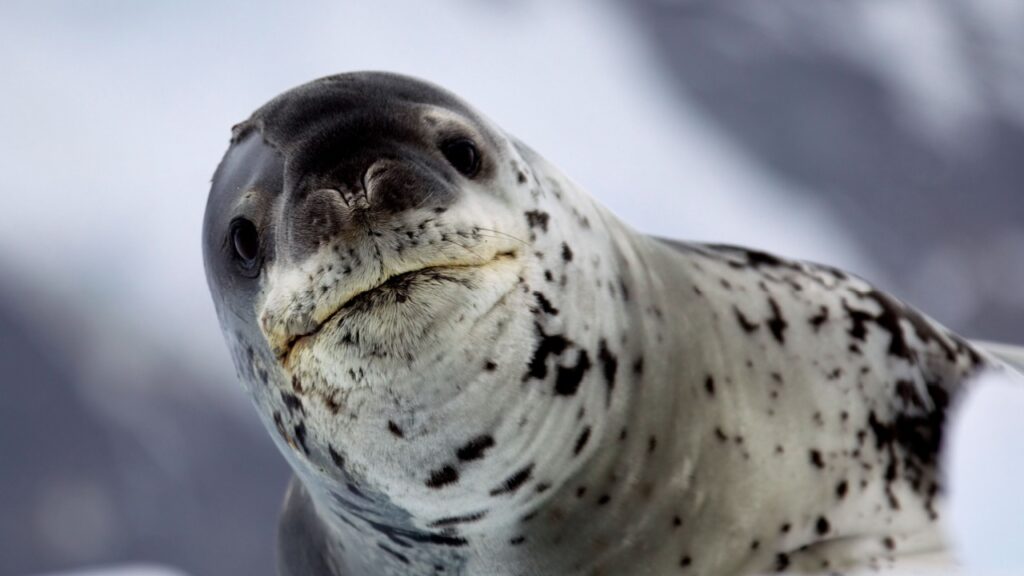
Leopard seals are the top predators of the Antarctic seas, but they’re also found in the Arctic. These powerful swimmers have long, sharp teeth that they use to catch fish, squid, and even other seals. Leopard seals are known for their distinctive spotted coat and reptile-like head.
Gyrfalcon

The gyrfalcon is the largest of the falcon species and a formidable Arctic hunter. These birds have incredible speed and agility, allowing them to catch prey in mid-air. Gyrfalcons primarily hunt ptarmigan and waterfowl, but they’re also known to take down Arctic hares and lemmings.
Walrus
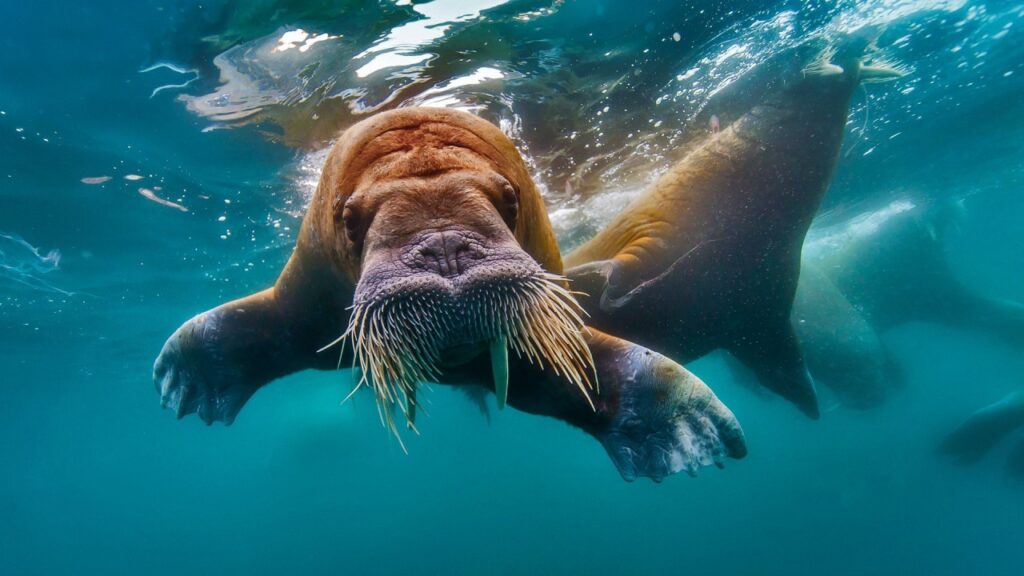
While often thought of as gentle giants, walruses are actually formidable predators. Their massive tusks, which can grow up to 3 feet long, are used for defense and for hauling themselves out of the water onto ice. Walruses primarily eat clams and other shellfish, but they’ve been known to hunt seals when other food is scarce.
Siberian Tiger
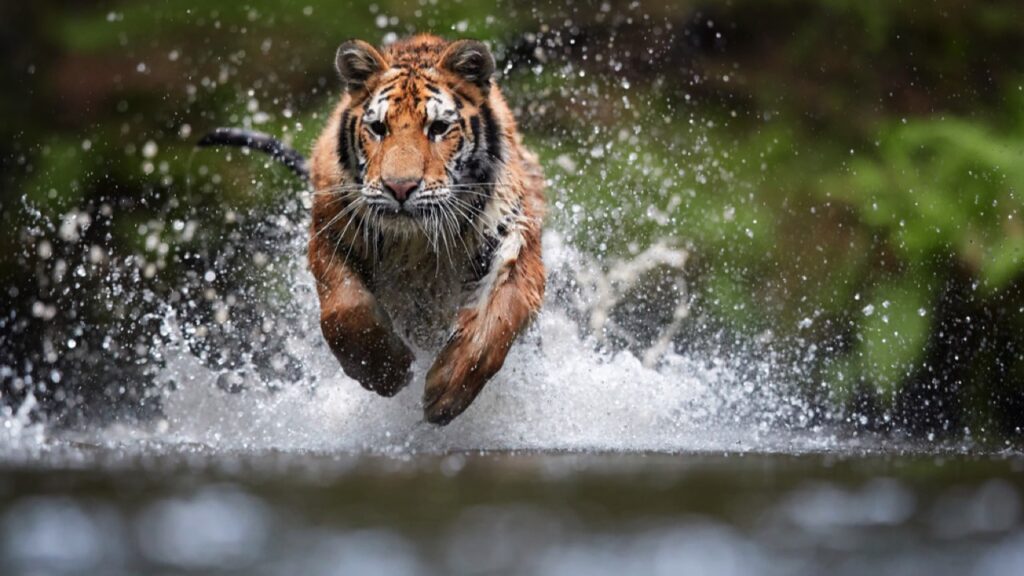
Although not typically associated with the Arctic, Siberian tigers inhabit the subarctic forests of eastern Russia. These are the largest cats in the world, weighing up to 660 pounds. Siberian tigers have thick fur and a layer of fat to protect them from the cold, and they’re skilled hunters of large prey like elk and wild boar.
Beluga Whale
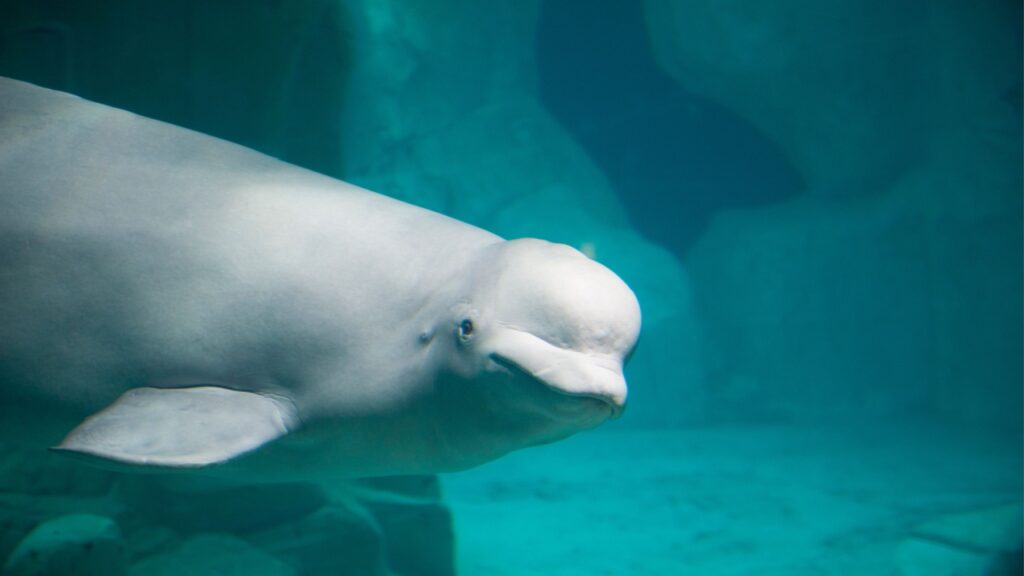
Belugas, known as the canaries of the sea for their vocal nature, are skilled Arctic hunters. Their flexible necks allow them to turn their heads in all directions, helping them locate prey in murky waters. Belugas use echolocation to find fish, squid, and crustaceans, and they’re known for their intelligence and social behavior.



